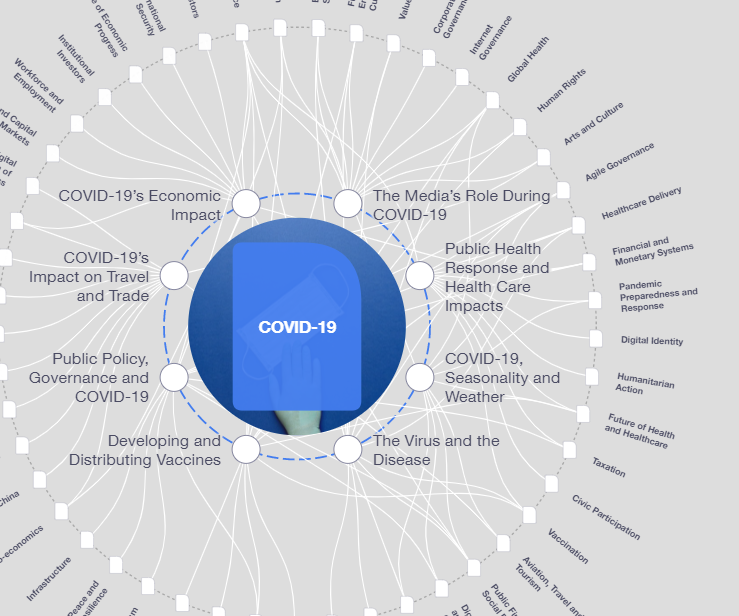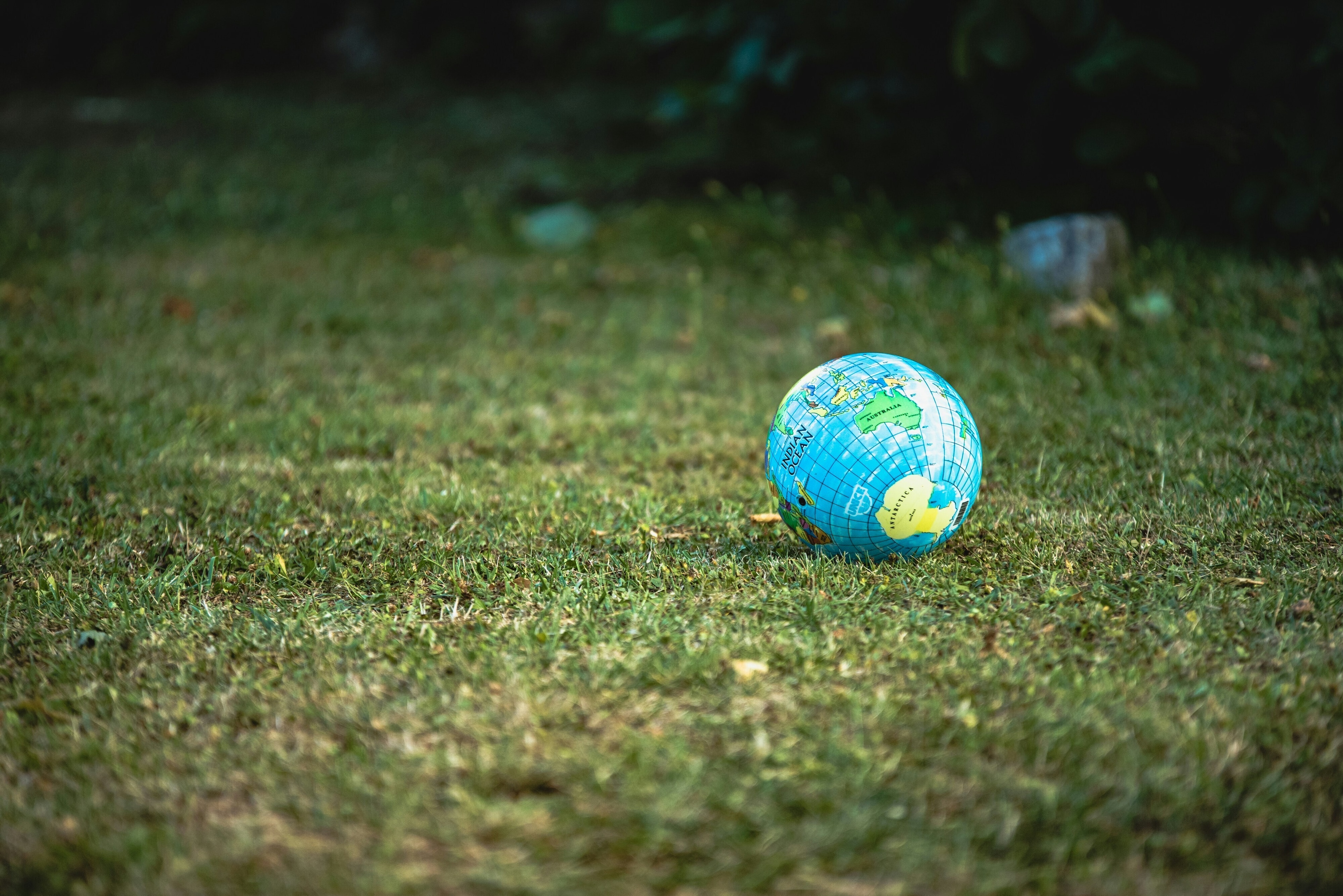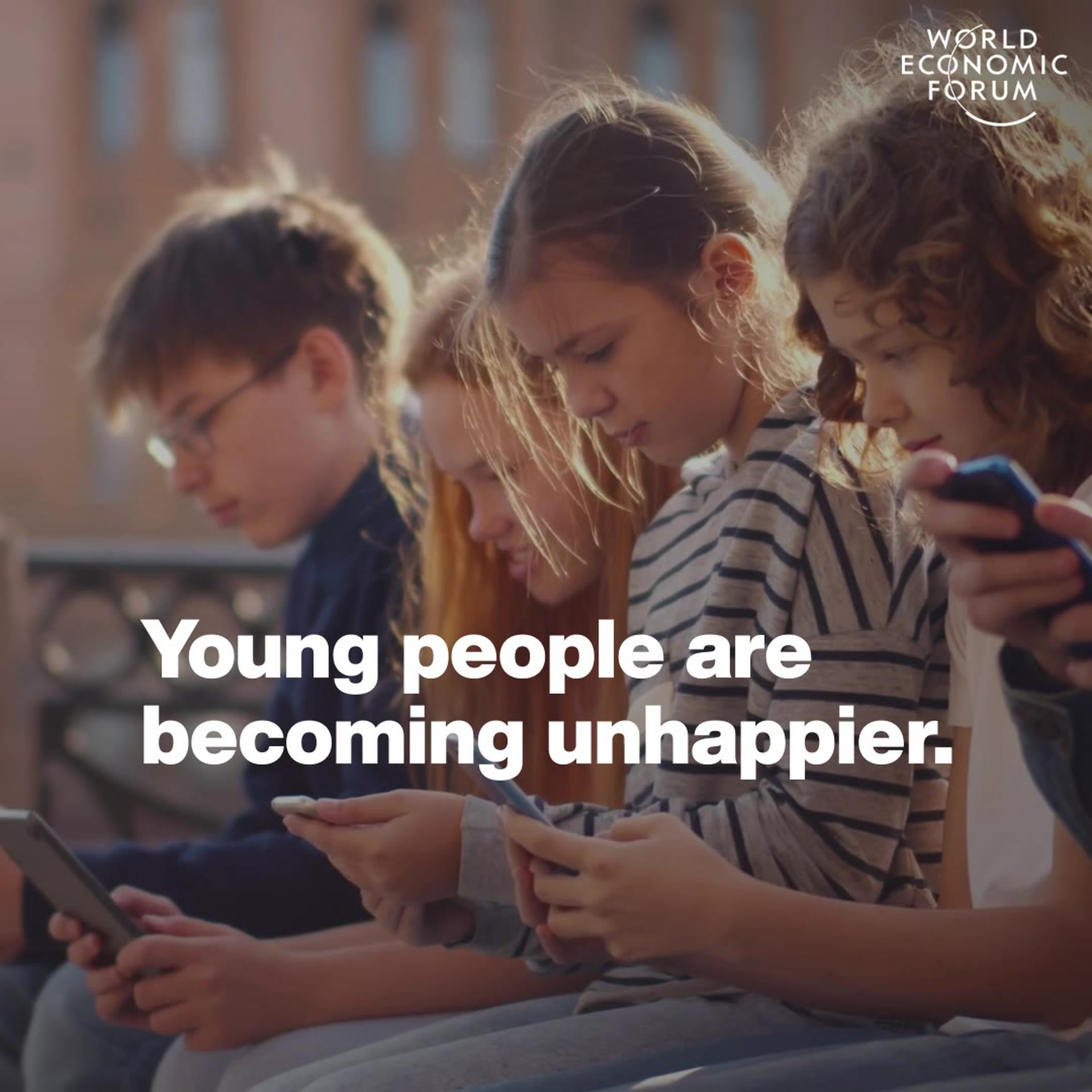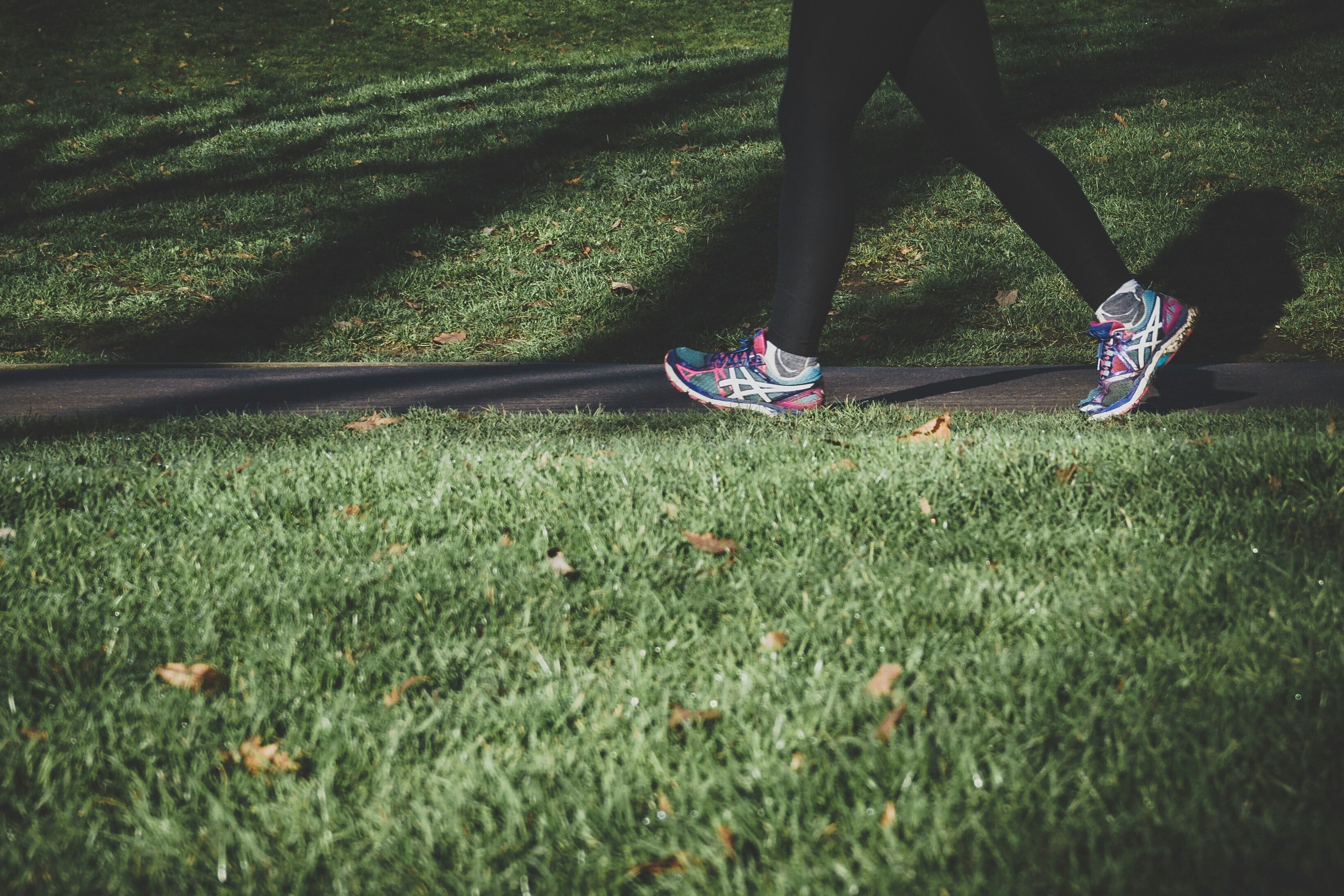Here’s what astronauts and submariners say about coping with self-isolation

Staying home is one of the most effective ways to curtail the spread of the virus. Image: REUTERS/Jason Cairnduff

Explore and monitor how COVID-19 is affecting economies, industries and global issues

Get involved with our crowdsourced digital platform to deliver impact at scale
Stay up to date:
COVID-19
- Billions of people around the world are stuck at home due to coronavirus lockdowns.
- Three astronauts and a submariner shared advice on how to cope with isolation.
- Tips include: keep to a routine, fill time constructively and avoid misleading information.
There could be as many as 3 billion people living under coronavirus lockdown. Places of work, worship and relaxation are off-limits around the world. Normal routines have been cast aside, and many regular activities are no longer available.
For most people, this is an unusual, unprecedented and unsettling set of circumstances. Who better to turn to for advice on coping with isolation than those whose jobs entail long periods of it – astronauts and submariners.
Here are the thoughts of four people who have spent a significant amount of time in space or submerged 20,000 leagues under the sea.
The first female commander of the International Space Station (ISS), Peggy Whitson has spent a cumulative total of 665 days in space, which includes two six-month tours of duty.
She says she believes that isolation is nothing to fear, Space reports, as long as you are realistic and make an effort to get along with the people you’re with.
Learn to make the best of things: Trying to balance work, parenting and family while at home can become very challenging, Whitson says. "We actually train our astronauts to improve those skills because we want everyone to play well with others onboard the space station. You don't get to pick your crew, you're just going to be up there and you have to make the best of whatever situation."
Have a sense of purpose: Whitson says that feeling like you are part of a higher purpose is something that helps astronauts stay positive. "COVID-19 gives us a higher purpose much like being in space does because we are saving lives by quarantining," she says. "It is important to understand that bigger purpose and to embrace that purpose to give you reason and rationale for continuing to put up with the situation."
Keep busy: Periods of inactivity can be tricky. Whitson says that while on the ISS, she would do things she’d been thinking about doing if she had more time, and recommends people stuck at home during coronavirus lockdown do the same. "What are the things that you would do if you had more time? Is it to read? Is it to maybe write poetry or do art? What is the thing that has been in the back of your head?"
A former anti-submarine warfare officer in the US Navy, John Rafferty once spent a month aboard a submarine traveling from Europe to the US. He told us about the importance of maintaining relationships and looking ahead to life after isolation.
Shower and put on fresh clothes: "I am seeing a number of parallels between my experience on the submarine and self-isolation today. And one way of coping begins with showering and putting on clean clothes once a day. On the days that we let ourselves lounge around the house the way we would on a sick day or Saturday, there's a different feeling to your work. But if we get up, exercise, shower, put on clean clothes, then we’re ready to show up in front of our computers and put in a good day's work. I notice that that makes a really big difference."
Improve your relationships: "One of the first things I did when I buckled in for the month-long trip was trying to identify with whom I had the weakest relationships and then working on those very intentionally. I couldn’t afford to have a bad relationship with anyone in such small quarters. I decided I was going to have a passable relationship with them, so that when we are in the food line together it's not weird. And there's no hard feelings."
Do what you love: "I made a list of things that brought me joy and tried to incorporate each of those into my daily life. On that submarine, the list included the StairMaster that I found onboard. It's just a great piece of equipment to use. I was just starting a new book at the time and was pretty excited to read it. And I also added to that list watching newly released films."
Keep talking to others: "I found that by talking to other sailors, I was able to take the attention away from myself and hear that we were all struggling with similar things. I've found the very same thing to be true in the last seven to 10 days, as I've been staying inside significantly more to avoid COVID-19. I'm trying to ask those around me about themselves, whether it's my wife or folks that I get on a video for happy hour. I’m trying to commit myself to just paying attention. It's been really helpful. By recognizing that other people have many of the same concerns or anxieties that I do, it makes you feel a little less alone."
Make plans for the future: "Making lists for the future can be really productive and helpful, it gives you hope and makes you realize there is a world on the other side. When you get back to port, you'll be able to run those errands and buy those things and eat that food. And when the world opens up for business again, you'll be able to go to those places and do all the things you used to do. Making a list makes it more concrete and helps you focus on the good things that you can look forward to."
Canadian astronaut Chris Hadfield is perhaps best known for his rendition of David Bowie’s "Space Oddity," which became an online sensation after he performed it while aboard the ISS. Hadfield points out that although isolating can be stressful at times, thanks to the internet, there has never been a better time to do it, Space reports.
Ignore the ignorance: Space is a hostile environment, he says. So he and fellow astronauts always know the risks they face. "Understand the actual risk, don't just be afraid of things," he advises. "Go to a credible source and find out what is truly the risk that you're facing right now – you, your family, your friends, the people that you care about."
Do something different: “Take action,” he says. “Start doing things. They don't have to be things that you always did before. Take care of family, start a new project, learn to play guitar, study another language, read a book, write, create. It's a chance to do something different that you've maybe not done before and then, repeat.”
Scott Kelly spent so much time in space that it changed him physically. While aboard the ISS from March 2015 to March 2016, NASA observed him to record the health effects of the mission, finding his time in orbit changed his chromosomes and caused some damage to his DNA. He also developed thickening in his retina and carotid artery. These were not part of any business-as-usual aging process – scientists compared Kelly to his identical twin brother back on Earth.
Kelly sympathizes with anyone working from home during the coronavirus crisis, he wrote in The New York Times. “When I lived on the (ISS) for nearly a year, it wasn’t easy. When I went to sleep, I was at work. When I woke up, I was still at work. Flying in space is probably the only job you absolutely cannot quit.”
Have a schedule: Life on the ISS meant his time was tightly scheduled, he says. “You will find maintaining a plan will help you and your family adjust to a different work and home life environment. And don’t forget to include in your schedule a consistent bedtime.”
Pace yourself: “When you are living and working in the same place for days on end, work can have a way of taking over everything if you let it,” he cautions. “I deliberately paced myself because I knew I was in it for the long haul – just like we all are today.”
Take time to connect: It’s never been easier to stay in touch with people. The technology that is enabling millions of people to work from home can help keep friends and family connected, too. “Even with all the responsibilities of serving as commander of a space station, I never missed the chance to have a videoconference with family and friends,” Kelly says.
Don't miss any update on this topic
Create a free account and access your personalized content collection with our latest publications and analyses.
License and Republishing
World Economic Forum articles may be republished in accordance with the Creative Commons Attribution-NonCommercial-NoDerivatives 4.0 International Public License, and in accordance with our Terms of Use.
The views expressed in this article are those of the author alone and not the World Economic Forum.
Related topics:
The Agenda Weekly
A weekly update of the most important issues driving the global agenda
You can unsubscribe at any time using the link in our emails. For more details, review our privacy policy.
More on Health and Healthcare SystemsSee all
Shyam Bishen
April 24, 2024
Shyam Bishen and Annika Green
April 22, 2024
Johnny Wood
April 17, 2024
Adrian Gore
April 15, 2024
Fatemeh Aminpour, Ilan Katz and Jennifer Skattebol
April 15, 2024






